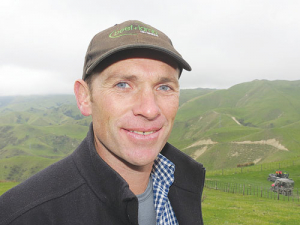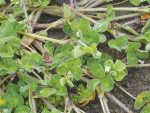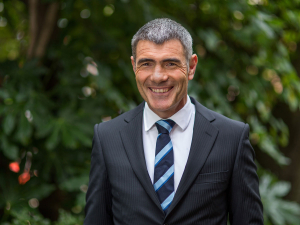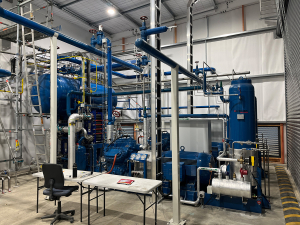The sheep and beef sector may be closer to carbon neutral status than it realises, says James Parsons in his final speech as chairman of Beef + Lamb NZ.
“A question we have been asking as a board recently is, can we be carbon neutral given the progress we have already made in reducing our carbon emissions?,” he told the annual meeting.
“I’m often asked what I mean by carbon neutral? When I describe carbon neutrality for a sheep and beef farm, I’m talking about the amount of emissions produced off that land area balanced by the amount of carbon sequestration on that same land area.
“Under true ETS (emissions trading scheme) accounting, we may not be carbon neutral; however when we factor in that 24% of NZ’s indigenous bush is on sheep and beef farms plus riparian plantings -- in addition to exotic woodlots -- we may well be surprised about how close we actually are to this ambition.”
BLNZ is about to release is a University of Canterbury report it commissioned on the amount of biodiversity on NZ sheep and beef farms, he says.
“Their research found 2.7 million hectares (24% of NZ’s indigenous habitat) is on the 8.8m hectares farmed by sheep and beef farmers.”
Work is underway understand this better.
Parsons later explained to Rural News that from an ETS account perspective sheep and beef farmers aren’t looking fantastic.
“But when you [consider that] we’ve probably got 24% of NZ’s indigenous bush on sheep and beef farms, the carbon emissions coming off those farms compared to sequestration might be surprising; and then if you start counting things like popular trees and riparian strips….
“If we want to do the right thing by the climate in terms of reducing emissions we need to look at [all the ways] those emissions can be sequestered.”
Sheep and beef farms make up just over 40% of NZ’s total land estate, of which 2.7m hectares is native bush.
“It is not really for the sheep and beef sector to beat its chest, saying ‘look at how great we are; we have all these indigenous habitats’. Instead it is more about how -- as part of the sheep and beef strategy -- we look to be doing our best by that. But from a carbon sequestration perspective it is quite a significant component.
“From a pure ETS perspective, unless that is new since 1990 it doesn’t count, but it is still a significant factor: every tree on a farm will have sequestration capacity.”
However BLNZ is concerned about the Government’s one billion trees policy, coupled with its climate change policies.
Well-intended but perhaps not fully worked through policies may result in blanket afforestation of hill country farms, similar to what we saw in the 1990s, Parsons says.
The environmental goals are good, he says.
“But we are actively engaged in the ‘how’ discussion so that we don’t see farming communities sacrificed as an unintended consequence.”
However Parsons says despite farmers’ concerns pre-election, the new government has been good to work with.
Parsons stepped down after four years as BLNZ chairman and nine years as a director representing the northern North Island region
Southland sheep and beef farmer Andrew Morrison is the new chairman. He has been on the board for four years representing the southern South Island region.
What's next?
James Parsons says everyone is asking him the question “what next?”
“I intend to catch my breath a little bit. I have really enjoyed the nine years on the board; it has been a great group of people and a fantastic sector.”
He now intends to devote more time to family and his own business rather than jump straight from one thing to the next.
He will “take a moment” and see what arises, he says.
“I’ve certainly got plenty of things to get my teeth into in my own farming business and I have some other governance roles as well.
“So I am not on the unemployment benefit just yet,” he jokes.
Parsons told the annual meeting he was looking forward to spending more time with his wife and three sons .



















